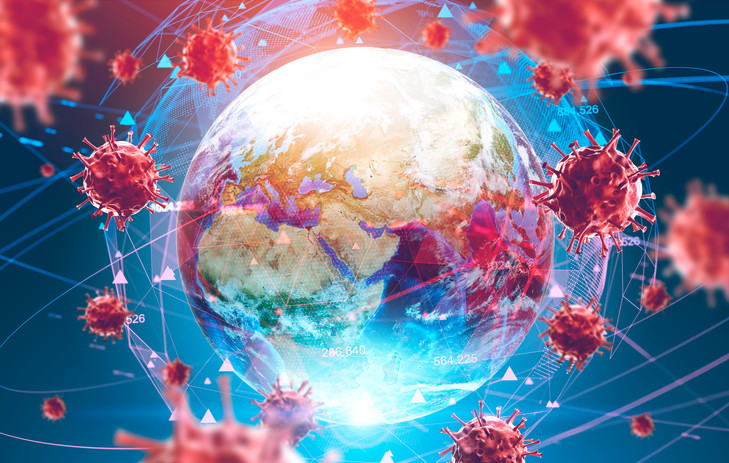
To date, scientists are unable to say what triggered the start of this health crisis. Initially, the media told us that the new Coronavirus started in a live animal market, known as the « wet market » in Wuhan, China. Another hypothesis seems to be gaining ground: it is said that the virus could have emanated from a laboratory in this city, not voluntarily but that it could be an accidental contamination of an employee of the laboratory, due to bad security protocols.
Given the current context and the gravity of the crisis, it seems a little pointless to point the finger at elements that have not yet been confirmed. It may be best to keep the disclosures to a minimum and then review the factors behind what triggered this epidemic later. At the moment, I have compiled some basic but informative details about what appears to be one of the worst health crises of all time in the past two centuries.
What is it?
Covid-19 is a mild infection. The core symptoms are a fever and a cough. Body aches, sore throat and a headache are all possible, but not guaranteed.
Why the name?
Coronaviruses are composed of genetic material surrounded by a round envelope that has protein spikes on the outside that resemble the spikes on a crown, hence the name Coronavirus.
What are the symptoms?
Everyone can be infected with the COVID-19 virus. However older people, and those with underlying medical problems like cardiovascular disease, diabetes, chronic respiratory disease, and cancer are more likely to develop serious illness.
What are the risks?
Very contagious – which can become quickly life threatening. The problem is the immune system is now spiraling out of control and causing damage throughout the body.
It is estimated around 6% of cases become critically ill. By this point the body is starting to fail and there is a real chance of death.
What is the incubation period?
It is an average of 5 days, with extremes of 2 to 12 days. The onset of symptoms appears gradually over several days, unlike the flu which starts suddenly.
As an apparent paradox, it is considered that a too hard confinement prevents a sufficient part of the population from having acquired body immunity. 60% of us would have to be finally affected (and this is of no consequence for more than 80% of the population) to stop the epidemic.
What are the consequences?
The outbreak was declared a Public Health Emergency of International Concern on 30 January 2020. Within the next few days, we should expect the World Health Organization to declare a global pandemic; it is just a matter of time.
What is an Epidemic? A pandemic?
An epidemic means there’s been a sudden increase in the number of cases of a disease beyond what would be normally expected.
Meanwhile, a pandemic has sustained person-to-person spread. It causes illness, including death and it affects a large number of people with a worldwide spread.
To keep track of the situation worldwide and be fully updated by the day, I suggest you click on this link.
